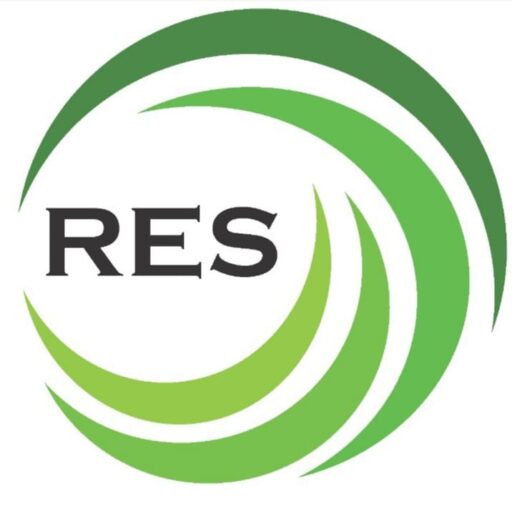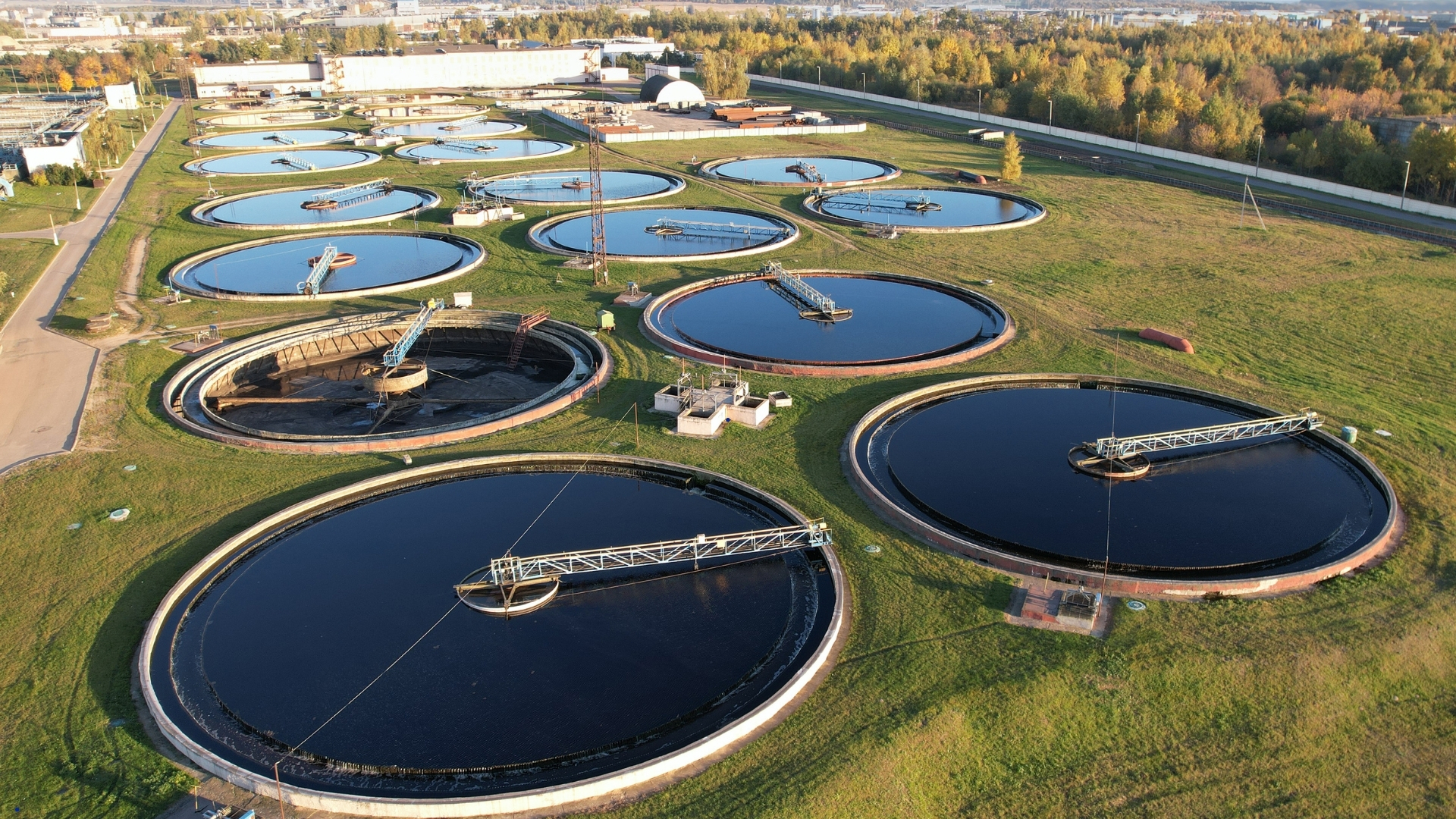How Sewage Treatment Solutions Improve Water Recycling Efficiency
Water is the lifeblood of our communities and industries, yet it is a finite resource facing unprecedented strain. As populations grow and climate patterns shift, the need for sustainable water management has never been more critical. At the heart of this challenge lies a powerful opportunity: transforming wastewater from a disposal problem into a valuable resource. This is where advanced sewage treatment solutions come into play, serving as the technological linchpin for efficient water recycling. This article delves into the intricate processes, innovative technologies, and profound benefits of modern sewage treatment, illustrating how it is revolutionizing our approach to water security.
The Global Water Crisis: The Imperative for Recycling
Before exploring the solutions, it’s essential to understand the scale of the problem. According to the United Nations, over two billion people live in countries experiencing high water stress. Furthermore, it is estimated that globally, over 80% of all wastewater is discharged back into the environment without adequate treatment, polluting rivers, lakes, and oceans.
This linear model of “take, use, dispose” is no longer viable. The circular water economy, which emphasizes recycling and reuse, is the sustainable path forward. Effective sewage treatment solutions are the fundamental engine that drives this circular model, ensuring that water is not wasted but recovered, purified, and returned to the cycle of use.
Adopting innovative approaches in this field is crucial for progress. Companies like Renewable Energy Solutions are at the forefront, demonstrating that with the right technology, wastewater treatment is not just a utility service but a cornerstone of environmental stewardship and resource recovery.
The Journey of Wastewater: From Sewage to Safe Resource
Modern sewage treatment is a multi-stage process designed to remove physical, chemical, and biological contaminants. The efficiency of water recycling is directly tied to the effectiveness of each stage.
Preliminary and Primary Treatment: The First Line of Defense
This initial phase focuses on removing solid materials that can clog equipment or hinder subsequent processes.
-
Screening: Wastewater passes through bar screens to capture large debris like plastics, rags, and sticks.
-
Grit Removal: The flow is then slowed down in grit chambers to allow sand, gravel, and other heavy inorganic materials to settle out.
-
Primary Sedimentation: The wastewater enters large primary clarifiers where it is held for several hours. This allows organic suspended solids to settle to the bottom as sludge, which is removed for further processing.
At this stage, up to 60% of suspended solids and 30-40% of the oxygen-demanding organic matter is removed. This preliminary cleaning is vital for protecting the more sensitive equipment used in the next phases.
Secondary Treatment: The Biological Heart
The core of the purification process, secondary treatment, leverages microorganisms to consume dissolved organic pollutants that remain after primary treatment.
The most common method is the Activated Sludge Process. Air is pumped into large aeration tanks, encouraging the growth of aerobic bacteria and protozoa. These microbes metabolize the organic matter, converting it into carbon dioxide, water, and energy for their own growth, forming larger particles that easily settle out.
Another effective method is Trickling Filters, where wastewater is distributed over a bed of porous media, such as rocks or plastic, coated with a bacterial biofilm. As the water trickles down, the microorganisms consume the organic matter.
After biological treatment, the water flows into secondary clarifiers, where the now-heavy microbial masses settle out, leaving water that is significantly clearer and cleaner. This stage removes over 85% of organic impurities.
Tertiary and Advanced Treatment: Achieving Purity for Reuse
To make water safe for direct recycling or sensitive environmental discharge, it must undergo a final polishing stage. This is where sewage treatment solutions truly unlock high-efficiency water recycling. Key advanced processes include:
-
Nutrient Removal: Specifically targeting nitrogen and phosphorus, which can cause eutrophication (algal blooms) in water bodies. This involves specialized biological nitrification/denitrification and chemical precipitation.
-
Filtration: Passing water through filters, such as sand, membrane filters, or activated carbon, to remove any remaining suspended particles, parasites, and some chemicals.
-
Disinfection: The critical final step to eliminate pathogenic bacteria, viruses, and protozoa. Methods include:
-
Chlorination: Effective but requires careful handling and dechlorination to avoid environmental harm.
-
Ultraviolet (UV) Light: A chemical-free method where UV radiation damages the DNA of microorganisms, preventing them from reproducing.
-
Ozonation: Using ozone gas, a powerful oxidant, to destroy pathogens and break down trace pharmaceuticals and personal care products.
-
It is through these advanced tertiary processes that treated wastewater can meet the stringent quality standards required for non-potable and even indirect potable reuse.
The Direct Link to Recycling Efficiency
How exactly do these solutions improve efficiency? It’s about maximizing output and minimizing waste at every turn.
1. Higher Quality Output, Broader Applications:
Advanced sewage treatment solutions produce effluent of such high quality that it can be safely used for a wide range of applications, directly reducing the demand for freshwater extraction. This is the essence of recycling efficiency.
2. Resource Recovery: Closing the Loop:
Modern plants are being transformed into “water resource recovery facilities.” This shift in terminology reflects a broader mission. Beyond clean water, these facilities recover other valuable resources:
-
Biosolids: The nutrient-rich sludge from primary and secondary treatment is digested to produce a safe, valuable fertilizer for agriculture.
-
Biogas: During the anaerobic digestion of sludge, methane-rich biogas is captured and can be used to generate heat and electricity, powering the plant itself and making it more energy-independent. This approach to integrated sustainability is a hallmark of forward-thinking providers like Renewable Energy Solutions, which designs systems that view waste as a resource.
3. Reduced Environmental Footprint:
By recycling water locally, we drastically reduce the energy required to pump water over long distances from reservoirs or desalination plants. Furthermore, preventing untreated sewage from entering ecosystems protects biodiversity and public health.
Common Uses for Recycled Water and Required Treatment Level
| Recycled Water Use | Required Treatment Level | Key Benefit |
|---|---|---|
| Landscape Irrigation (parks, golf courses) | Secondary + Disinfection | Preserves drinking water for human consumption. |
| Agricultural Irrigation (non-food crops) | Secondary + Disinfection (often higher) | Supports agriculture in drought-prone regions. |
| Industrial Cooling & Process Water | Secondary + Filtration + Disinfection | Prevents scaling in pipes and equipment, reduces operational costs for industries. |
| Toilet Flushing & Car Washing | Advanced Tertiary (Membrane Filtration) | Decentralizes recycling, reduces burden on municipal systems. |
| Groundwater Recharge | Advanced Tertiary (Multiple Barriers) | Replenishes aquifers, prevents saltwater intrusion. |
| Indirect Potable Reuse | Advanced Tertiary (RO, UV, Advanced Oxidation) | Creates a sustainable and drought-resistant drinking water supply. |
Overcoming Challenges and Looking to the Future
While the benefits are clear, widespread adoption faces hurdles, including high initial capital costs, public perception (“toilet to tap” misconceptions), and the need for updated infrastructure.
The future lies in embracing smarter, more adaptive technologies:
-
Membrane Bioreactors (MBRs): Combining biological treatment with membrane filtration in a single step, offering a smaller footprint and superior effluent quality.
-
Advanced Oxidation Processes (AOPs): Effectively destroying micro-pollutants like pharmaceuticals and endocrine-disrupting compounds.
-
AI and Smart Process Control: Using sensors and artificial intelligence to optimize treatment processes in real-time, reducing energy and chemical use while improving reliability.
A Sustainable Cycle for a Thirsty World
Sewage treatment solutions are far more than a public health necessity; they are the key to unlocking a sustainable water future. By efficiently cleaning and recycling wastewater, we can create a resilient, circular water economy that conserves precious freshwater resources, recovers valuable energy and nutrients, and protects our environment. The technology exists today to transform our water systems from linear to circular. Embracing these innovative solutions, as championed by industry leaders, is not just an option—it is an imperative for economic and environmental security for generations to come. The journey from sewage to resource is a powerful testament to human ingenuity and our ability to build a more efficient, sustainable world.






Comments are closed